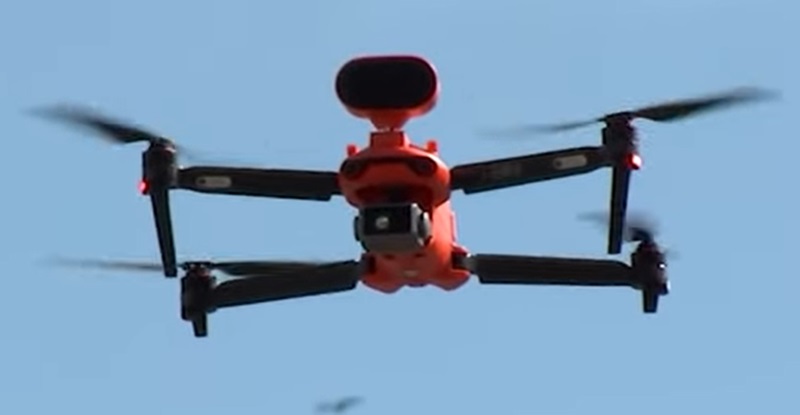
Not all of the great technology that has been applied in law enforcement has been accessible to small agencies, and some have limited value anyway. The exception appears to be the advent of the drone.
More appropriately described as unmanned aerial vehicles (UAV), the machines became famous in warfare and continue to be in the news from the battlefields of Ukraine to the Middle East. From the 5-ton Reaper armed for assassination to the 4-inch Black Hornet used to peek over walls and around corners, UAVs vary in complexity.
Drones can be powered by battery or internal combustion engine, and, like other aircraft, can be fixed wing or rotary wing. They can fly anywhere from a few feet to over a thousand feet and can stay in the air from a few minutes to over an hour. UAVs can be equipped to take photographs and even live stream video and audio, along with the capability of night vision. While many operators have UAVs for recreational purposes, the commercial use of these small aircraft is growing at a considerably faster pace.
In Watervleit, N.Y. a 13-year-old boy had wandered off of his normal route home from school to walk by the Hudson River. He slipped and fell into a ditch alone. When his mother found he had not returned home, she reported him missing. Even though it was dark, police were able to use a thermal device on a UAV to locate and rescue him, saving hours compared to officers searching on the ground. Dozens of news accounts of similar rescues can be found. One organization estimates that over 1,000 people have been saved by the use of UAVs.
Not only can lost persons, as well as escaping fugitives, be located more quickly from the air, but needed first aid supplies or food can be delivered by drone before rescuers can arrive in person. UAVs can be sent ahead of arriving officers to survey an accident or crime scene to asses hazards, best approach routes, and aid in determining what additional assets might be needed. Even searches of building interiors can be accomplished remotely to reduce the risk of officers encountering a suspect poised to attack or escape. Diagramming and photographing of crime and crash scenes are expedited by UAVs, as well as aerial searches for evidence.
While the advent and application of drone technology has presented opportunity for great benefit to law enforcement, it has also opened opportunity for mayhem. A recent report from the National Institute of Justice notes that drones present a threat to correctional facilities for dropping contraband such as weapons, drugs, and cell phones into facilities. Correctional agencies have yet to develop standard, effective, and legal interventions against UAV misuse.
UAVs that can carry larger payloads and operate faster and longer present additional challenges. They can be used as distractions or for gathering intelligence for planning contraband drops or escapes. Data on the use of drones is hampered by the lack of technology used to detect the devices. Eye witness reporting is limited since not all UAVs are seen and they are almost impossible to spot with the human eye at 400 feet or more.
Further complicating the response to UAV threats to correctional facilities is that drone detection technology is often limited to military use and restricted by federal law from other entities due to restrictions on electronic surveillance. The simple answer of shooting them out of the sky also runs afoul of federal law.
Concerns about privacy in the use of drones by law enforcement are mitigated by the fact that sustained surveillance is limited by flight time and drones are utilized in emergencies, operating within the plain view doctrine, or with a search warrant. The Federal Aviation Administration has jurisdiction over UAV operations. Police agencies must have their UAVs registered and their operators certified if the device is operated above 400 feet and will be operated out of the operator’s line of sight.
Public safety officers are not only watching the skies for criminal UAV activity, but they are also in the sky assisting others.